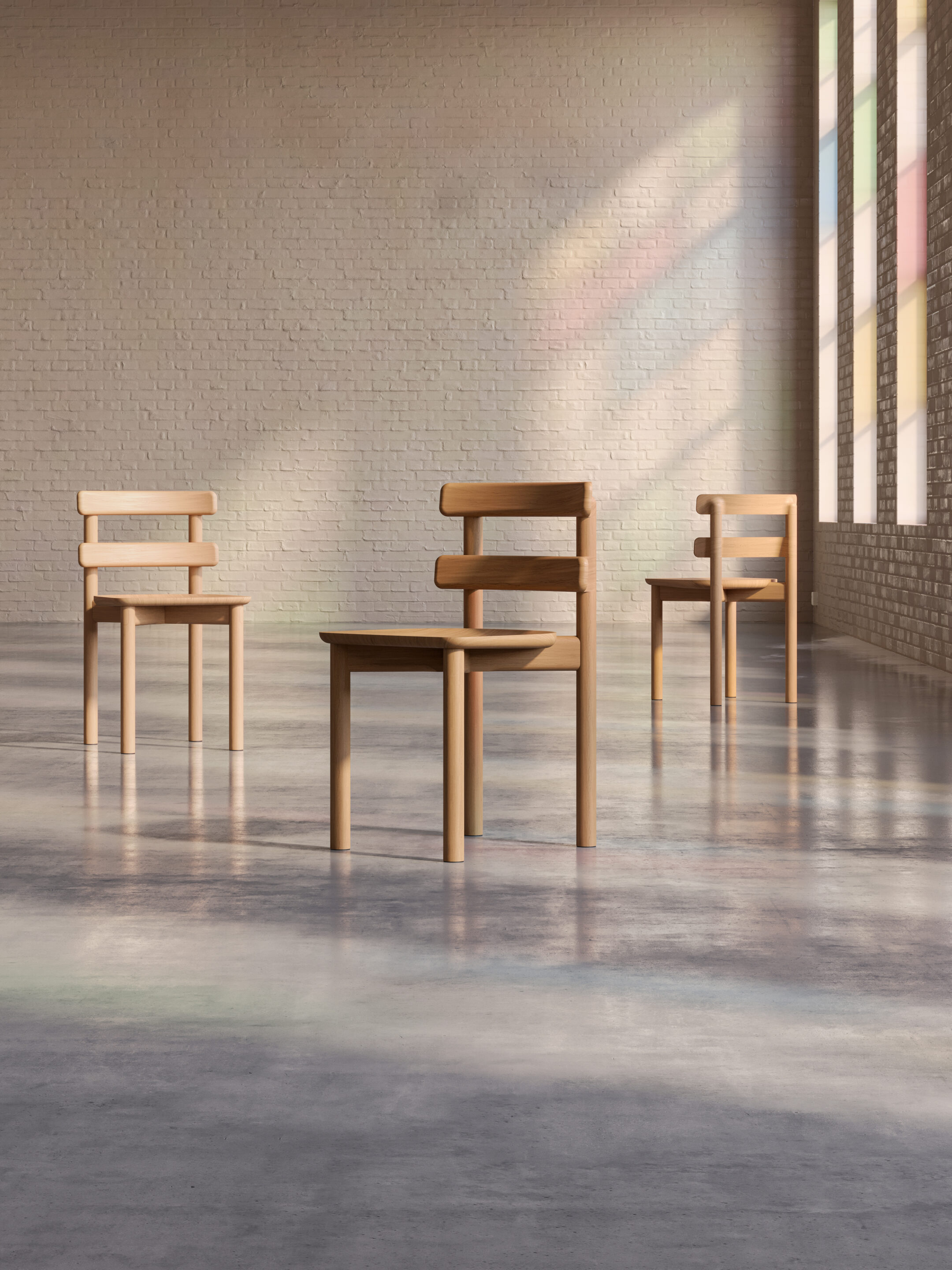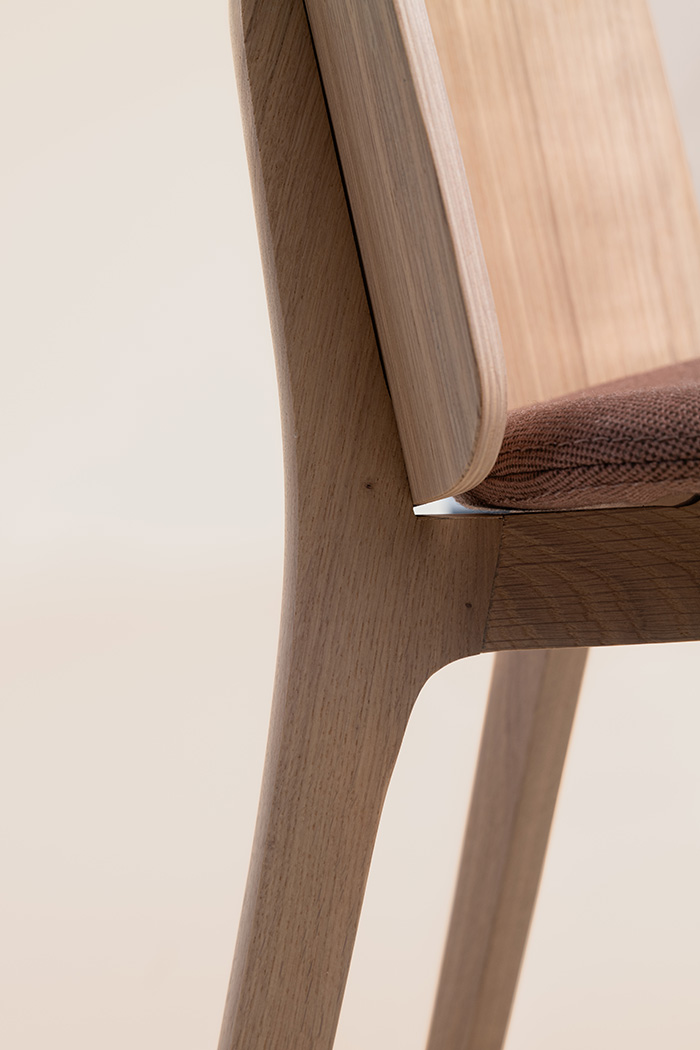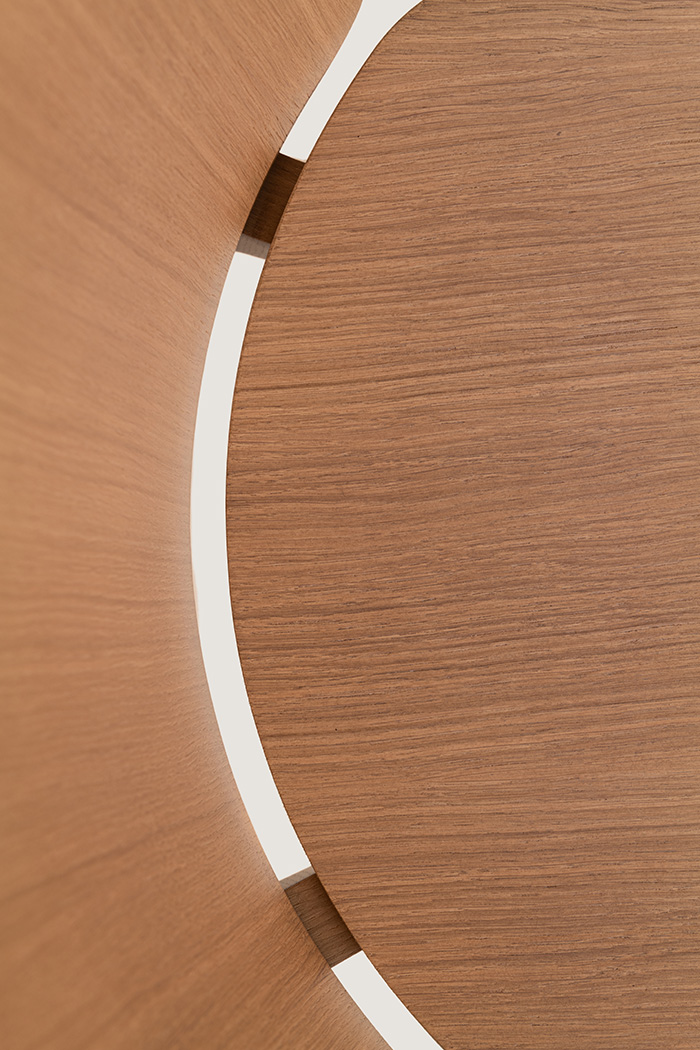Wooden furniture: when nature enhances our interiors
In an increasingly digitalized and artificial world, wood is the perfect antidote to the coldness of concrete and metal. This living material, with its thousand nuances and textures, is confirming its role in interior architecture and redefining our relationship with the home. More than just a trend, it’s a genuine movement that’s transforming our living spaces..

Back to basics: more than a fad, a necessity
The craze for wooden furniture is no accident. In our hyper-connected societies, we feel a visceral need to reconnect with nature. Wood responds to this deep-seated aspiration, bringing to our interiors that organic dimension that we sorely lack. Every grain, every knot tells a story, the story of a tree that has grown, lived and continues to exist in a new form in our daily lives. This reconnection goes beyond the merely aesthetic. Studies in environmental psychology show that the presence of natural materials in our living spaces significantly reduces stress and improves our general well-being. Wood acts as a natural emotional regulator, creating a soothing atmosphere that contrasts with the hustle and bustle of the outside world.
An ally for interior designers
One of the major assets of wooden furniture is its extraordinary diversity. From majestic oak to contemporary bamboo, from warm walnut to exotic acacia, each species brings its own unique personality to a space. This richness allows interior designers to play with contrasts, textures and tones to create customized ambiences. Rough wood, with its assumed imperfections, sublimates industrial and Scandinavian interiors. Light woods such as birch and beech brighten up minimalist and Nordic spaces. Conversely, dark woods such as ebony or rosewood bring a natural sophistication to more classic or high-end contemporary settings. The current trend is no longer to create interiors entirely in wood, but rather to skilfully orchestrate its encounter with other materials. The combination of wood and metal creates striking contrasts that energize a space.
The marriage with glass brings transparency and lightness, while the alliance with natural stone reinforces the authenticity of the design. This mixed approach allows us to play with textures and visual temperatures. A solid wood worktop softens the coldness of a kitchen with lacquered fronts, while a metal structure enhances the natural beauty of a walnut top. These controlled contrasts create lively, balanced spaces. Beyond its aesthetic qualities, wood makes a significant contribution to the acoustic comfort of spaces. Its natural ability to absorb and diffuse sound makes it a precious ally in the creation of hushed, soothing ambiences. This property is particularly appreciated in open spaces where noise management is a major issue. Wood’s natural moisture regulation also contributes to the overall comfort of the home, maintaining a balanced humidity level that contributes to indoor air quality.

Lanas chair – BOSC

Lanas chair – BOSC
The future is written in wood
At a time when environmental concerns are increasingly guiding our consumer choices, wooden furniture from sustainably managed forests represents a responsible alternative to synthetic materials. This ecological dimension is no longer just a selling point, but is becoming a decisive criterion of choice for customers who are conscious of their environmental impact. Local wood is also gaining in popularity, reducing carbon footprints while promoting regional know-how. This short circuit approach creates a new relationship between the inhabitant and his furniture, charged with meaning and local history. Wooden furniture is not just a passing trend, but rather the expression of a profound evolution in our lifestyles and values. In a future where sustainability, authenticity and well-being will guide our choices, wood is naturally the material of choice. This living material, capable of constantly reinventing itself while retaining its natural essence, is becoming more than a building material: it symbolizes an art of living that reconciles man with his environment.
